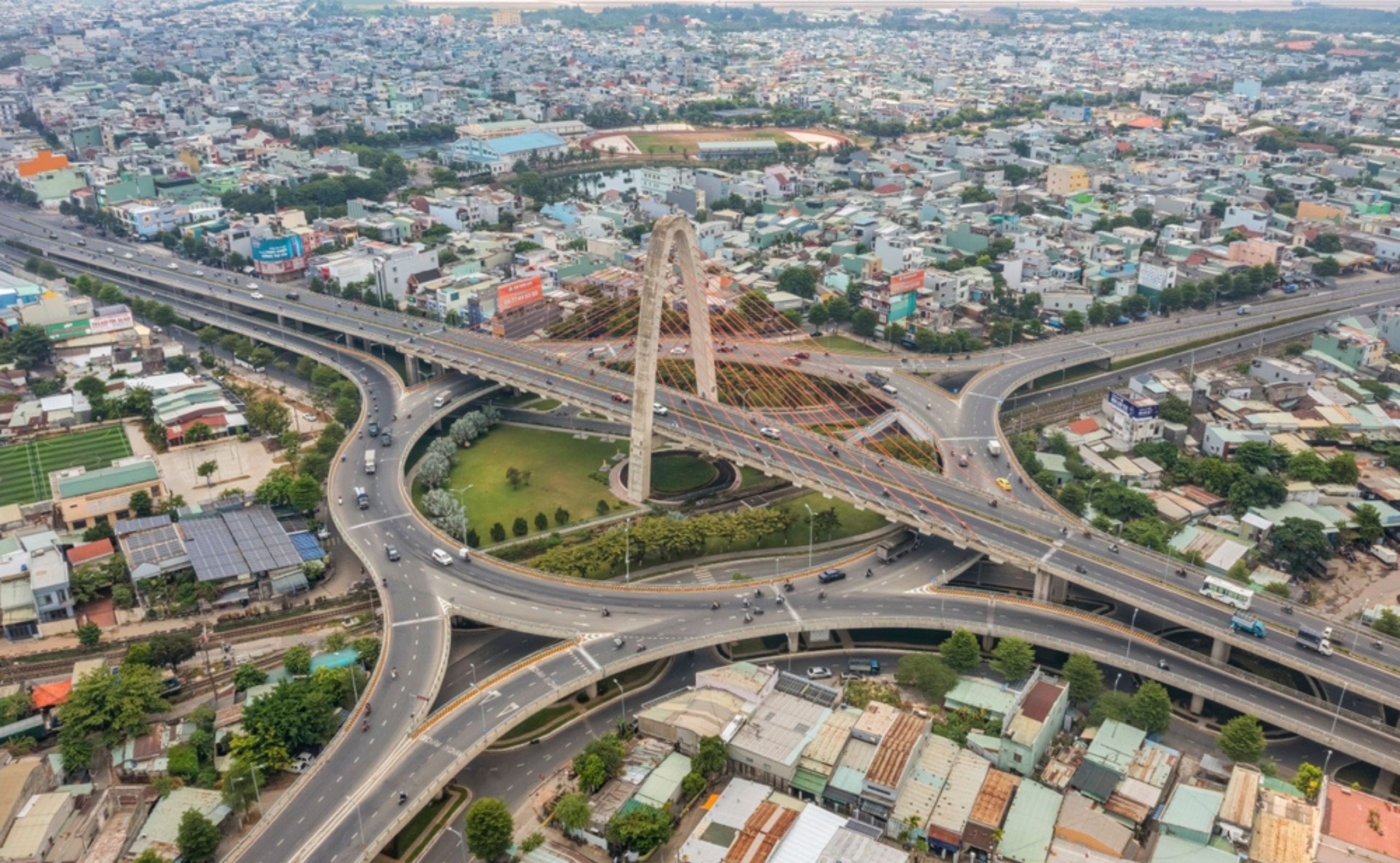
Quality infrastructure, initially promoted by Japan and later endorsed by the G20 countries, is guided by six principles: fostering sustainable growth and development, raising economic efficiency, integrating environmental considerations into infrastructure investments, building resilience against natural disasters and other risks, and strengthening infrastructure governance (Ministry of Land, Infrastructure, Transport and Tourism 2021). Infrastructure projects should be both financially viable and environmentally sustainable. Key aspects of quality infrastructure include ensuring debt sustainability, maintaining openness, and promoting transparency.
By integrating efficient transportation, energy, and telecommunications systems, quality infrastructure can unlock economic potential and help developing countries realize their untapped capabilities. As these countries pursue economic growth while striving to achieve the Sustainable Development Goals (SDGs), the need for high-quality infrastructure becomes paramount. However, despite the urgency for new infrastructure investments, developing countries often have limited capability to fund a green transition—particularly as the global community works toward net-zero emissions. This highlights the importance of careful planning and development of quality infrastructure, though addressing this demand in developing countries poses significant challenges.
Challenges for Developing Countries
The significant funding gap for high-quality infrastructure projects is a key bottleneck for developing countries. According to the United Nations Conference on Trade and Development (UNCTAD 2018), most developing countries must double their investment levels in infrastructure projects—from 3% of their gross domestic product in 2018 to 6%—to achieve any transformational impact. Limited domestic resources, low tax revenues, and constraints on borrowing in developing countries often lead to underinvestment, resulting in substandard infrastructure. Similarly, technological deficits and a lack of expertise in the areas of planning, designing, implementing, and maintaining quality infrastructure have led to outdated infrastructure systems in developing countries. The Asian Development Bank (2017) estimates soaring demand for infrastructure in developing Asia, with an investment gap of $22.6 trillion, i.e., $1.5 trillion per year, for the period 2016–2030 if the region maintains its growth momentum and aims to achieve its poverty alleviation targets and cope with the impacts of climate change.
Impact of Japan’s Official Development Assistance on Quality Infrastructure
Japan’s approach to quality infrastructure, supported by its official development assistance (ODA), emphasizes high construction standards, life-cycle cost efficiency, and key considerations such as financial risk, safety, sustainability, resilience to natural disasters, environmental impact, and contributions to local communities and economies—focusing on long-term value rather than just initial bidding prices. Japan prioritizes least developed countries (LDCs) and lower middle-income countries in its ODA allocations. In 2021, these countries received 24.1% and 47.6%, respectively, of Japan’s gross bilateral ODA, totaling $4.3 billion. Of the 15.6% of bilateral ODA that was unallocated by income group, Japan estimates that 1.3% also supported LDCs (OECD 2023). In terms of sectors, over one-third of Japan’s bilateral ODA in 2021 was allocated to economic infrastructure and services.
Japan’s ODA loans offer several benefits to recipient countries, including technology transfer, capacity enhancement, institutional support, and low costs, while leveraging experience in construction and maintenance. This support is particularly crucial for vulnerable low-income countries that require protection from natural calamities and climate-induced disasters.
In 2023, Japan joined the Group of Seven (G7) industrialized nations in pledging to raise $600 billion to fund projects in developing countries over the next five years (World Economic Forum 2022). This commitment underscores Japan’s strategic effort to promote the concept of quality infrastructure globally and advocate for international standards in quality infrastructure investment.
Key Takeaways
- The lack of quality infrastructure in developing countries is a significant barrier to economic transformation and achievement of the SDGs. Ensuring quality infrastructure through sound planning is essential for embarking on the path of sustainable development. Learning best practices in quality infrastructure planning and development from developed countries like Japan can greatly benefit developing countries.
- Quality infrastructure is pivotal for ensuring resilience to natural disasters and other associated risks in developing countries. Assessing the long-term benefits of quality infrastructure through life-cycle cost evaluations is crucial.
- Developing countries lack sufficient financial resources to invest in quality infrastructure. Accessing public and private financing, alongside efforts to mobilize domestic resources, is essential for addressing this gap.
- To realize quality infrastructure in developing countries, projects must be conceived with a strong commitment to longevity, transparency, and fiscal accountability.
- Japanese ODA has brought numerous benefits to regional and local economies through quality infrastructure. Key aspects include knowledge transfer, innovative technologies, and tailored solutions that address local needs and the specific challenges faced by developing countries.
In summary, achieving the development goals of low- and middle-income countries requires accessing both public and private financing, including international financial services, and mobilizing domestic resources through improved tax collection, better fiscal management, and effective corruption control. Public–private partnerships, infrastructure bonds, and green bonds are innovative financing mechanisms that can reduce reliance on traditional funding sources and promote quality infrastructure. Bridging infrastructure gaps in developing countries will require a holistic approach, focusing on enhancing the efficiency of public spending, mobilizing domestic resources, securing support from development partners, and encouraging private sector investment.
References
Asian Development Bank (ADB). 2017. Meeting Asia’s Infrastructure Needs [1].
Ministry of Land, Infrastructure, Transport and Tourism (MLIT). 2021. Japan’s “Quality Infrastructure” Around the World, Compendium of Good Practices [2].
Organisation for Economic Co-operation and Development (OECD). 2023. “Japan”, in Development Co-operation Profiles [3]. OECD Publishing.
United Nations Conference on Trade and Development (UNCTAD). 2018. Trade and Development Report 2018: Power, Platforms and the Free Trade Delusion. [4]
World Economic Forum (WEF). 2022. G7 Pledges to Invest $600 billion into Infrastructure for Developing Countries [5]. 27 June.